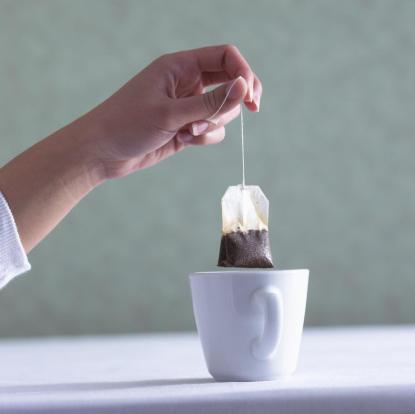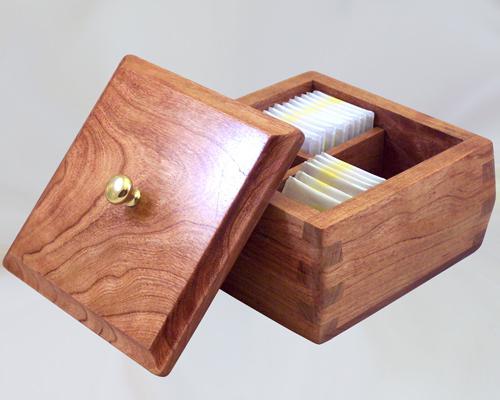Such a familiar item as a tea bag has long and firmly entered our lives. This is largely due to its convenience, ease of use, as well as the ability to reduce the time spent on the preparation of the drink. However, despite the wide popularity, such tea is considered to be low-grade and low-quality. Is this really so, and how did the first tea bag appear, we will tell in this article.

The exact time and history of the occurrence of tea bags is not known for certain. There is information that their analogues existed in ancient China. In Russia, small bags made of linen were widely used to brew a drink. But since this information has not been officially confirmed, it is believed that the tea bag was invented in 1904 by American Thomas Sullivan. As a trader, he once tried to save on samples of products intended for distribution to customers. So, instead of tea cans characteristic of that time, he packed up portions in hand-sewn silk bags. Then the buyers themselves began to ask Thomas to send them a drink in bags, and not in cans. The fact is that customers did not understand his original idea related to the renewal of packaging, and began to brew the drink directly in bags, which subsequently gained wide popularity due to the convenience and ease of use.
Soon, tea bags began to be actively used in restaurants and sold in stores. Over time, it became clear that silk is far from the cheapest material for the production of such a mass product. Active experiments began, related to the search for more suitable raw materials. At one time, the tea bag was made from gauze, a little later - from Manila hemp with the addition of viscose. However, these materials have not proved their best. And only then did special filtered paper for tea bags appear. The one that is actively used to this day.

If we talk about the appearance of the bag, then it acquired the usual appearance for us only in 1929 - it was then that the industrial technology of its manufacture was introduced. In 1950, two-chamber tea packaging began to be produced, capable of increasing the surface of contact between water and tea leaves and increasing filtration efficiency. The process of brewing a drink began to take even less time. Soon, the assortment of bags began to expand and replenish with new forms: products appeared in the form of a square, circle and even a pyramid. Staples were actively used as fasteners, and thermal sealing technology made it possible to increase the strength of the product.

It is also worth mentioning the tea itself, placed in a bag. Unlike sheet, it is more saturated and strong. By its quality, packaged tea is in no way inferior to leaf tea - no concentrates are added there. And the high brewing speed is explained by additional grinding of the sheet, thanks to which the enzymes mix faster with water.
To date, the assortment of packaged drink surprises with its variety. Its packaging is also. A box for tea bags is available in both paper and wood and metal, and its design sometimes amazes even the most sophisticated shoppers. Connoisseurs of this drink will certainly be able to choose for themselves a worthy copy that can replenish their rich tea collection.